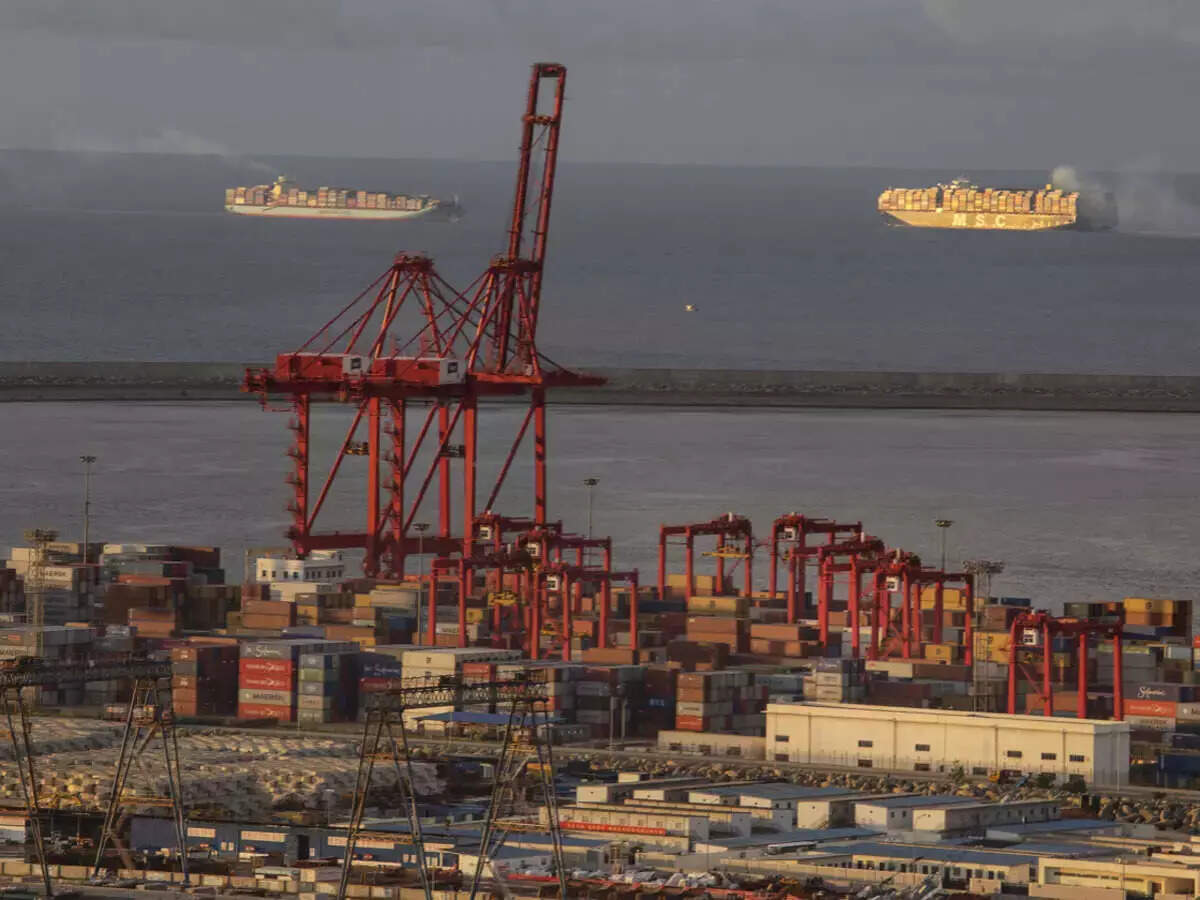
Global supply chain disruptions wrought by the pandemic have snarled the delivery of items as varied as medical devices, toys and Grape-Nuts. But perhaps no delays have provoked more familial angst in the last two years than those for baby items.
Unlike many products that are ferried through the supply chain, things like cribs, car seats and strollers for newborns have an unforgiving deadline in the form of a due date. And some parents-to-be, either superstitious or simply dilatory, hesitate to purchase baby items far in advance. That puts them at odds with supply chain turmoil that has sometimes made it necessary to buy items weeks or months ahead of time.
“When there’s a human on the other side of it who’s coming into the world for the first time, it’s a different ballgame,” said Sylvana Ward Durrett, CEO and a founder of Maisonette, an online marketplace for baby and children products.
Demand is unlikely to let up. Even with a declining birthrate, there were more than 3.6 million births in the United States in 2020.
The result of the baby supply upheaval — besides higher prices and an ever-bustling hand-me-down market — has been an injection of new stress and uncertainty into an already emotionally delicate time. Expectant parents are scrambling to get items before they bring their babies home, and retailers and manufacturers are racing to reassure them that their goods will come and devising hasty solutions if they will not. Message boards on sites for new parents teem with complaints over back orders and repeated shipment delays. Retailers have become accustomed to soothing anxious parents-to-be.
Maisonette, which works with nearly 1,000 vendors, said the bulk of products facing delays had come out of Asia, along with Peru, where Pima cotton for baby apparel and pajamas is produced. Babylist, a registry site, said retailers were having a particularly hard time keeping hot branded items like the Doona stroller, Snoo bassinet, Keekaroo diaper changing pad and Elvie pump in stock.
Sellers point to numerous supply chain problems, including the availability of parts and shipping containers, backlogs at ports, a lack of truckers and even logistical challenges once items finally arrive at warehouses or distribution facilities.
Also Read:
